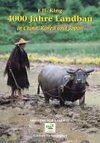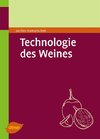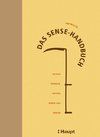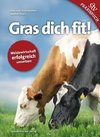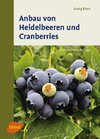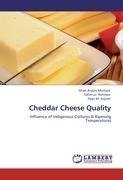
-
 Anglický jazyk
Anglický jazyk
Cheddar Cheese Quality
Autor: Mian Anjum Murtaza
Cheddar cheese quality is influenced by starter cultures and milk composition. Most suitable and widely used starter cultures for Cheddar cheese manufacturing are Lactococcus lactis ssp. cremoris and Lactococcus lactis ssp. lactis. Cheddar is ripened for... Viac o knihe
Na objednávku, dodanie 2-4 týždne
71.54 €
bežná cena: 81.30 €
O knihe
Cheddar cheese quality is influenced by starter cultures and milk composition. Most suitable and widely used starter cultures for Cheddar cheese manufacturing are Lactococcus lactis ssp. cremoris and Lactococcus lactis ssp. lactis. Cheddar is ripened for two months to a year or more. During ripening, microbiological and biochemical changes occur that result in the development of flavor and texture characteristics. These changes are grouped into glycolysis, proteolysis and lipolysis. Ripening is relatively an expensive process and reducing time without destroying the cheese quality has economic and technological benefits. Since the ripening temperature influences the rate of biochemical processes, the elevated temperature is the simplest method for accelerating the cheese ripening. Worldwide, the major portion of Cheddar is produced from cow milk. However, buffalo milk accounts about 80% of total milk produced in Pakistan and is rich in all the constituents especially lactose, caseins and calcium as compared to cow. Hence in present investigation, Cheddar cheese was manufactured from buffalo milk using locally developed (indigenous) cultures.
- Vydavateľstvo: LAP LAMBERT Academic Publishing
- Rok vydania: 2011
- Formát: Paperback
- Rozmer: 220 x 150 mm
- Jazyk: Anglický jazyk
- ISBN: 9783844383515

 Nemecký jazyk
Nemecký jazyk 